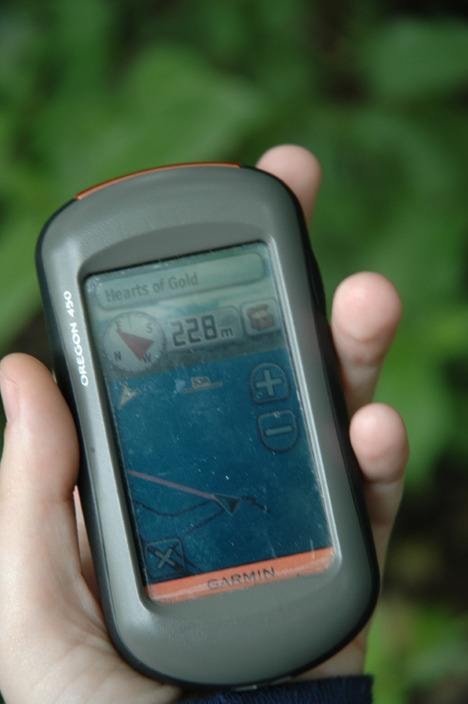Imagine slipping your feet into a pair of flippers, adjusting your goggles and checking your oxygen tank before rolling backwards off a boat in search of hidden treasure.
Or even climbing a mountain to its highest peak to do the same.
It’s possible in Terrace thanks to a game called geocaching— an interactive high-tech bounty hunting game that sees people from across the world plugging coordinates into a GPS and heading out in search of treasure.
Terrace and surrounding area is home to more than 200 caches, which are containers hidden by fellow geocachers. Inside them are small items, some of which come hundreds or thousands of kilometres before being hidden here.
Each cache hidden is listed on the geocaching web site, and members look to the site to plan their next adventure.
But not all caches are for the Indiana Jones inspired.
Listed on the site along with GPS coordinates and how-to-find clues are levels of difficulty.
Some, like those on a lake’s floor, are rated five out of five which is the most difficult terrain. Others are hidden in the city, some along the paths at Ferry Island — in each case the level of difficulty varies.
This real-life chose-your-own-adventure game is played by people of all ages and walks of life, although their identities are closely kept as part of the game is to be secretive about one’s mission.
Akacake (not her real name), a local geocacher who hid Terrace’s first cache years ago, said she will sometimes pretend her GPS is a telephone to keep others from catching onto her missions. Akacake said protecting one’s identity protects the integrity of the game, but that geocachers will use their online alias to tell others which caches they’ve found.
Here’s how it works: choose a cache using the web site, punch in coordinates on a GPS device, follow the arrow to within a 10 metre radius of cache, search, find, open cache, sign logbook with alias and date, replace an item in the cache with one of greater value, re-hide, log your find online.
